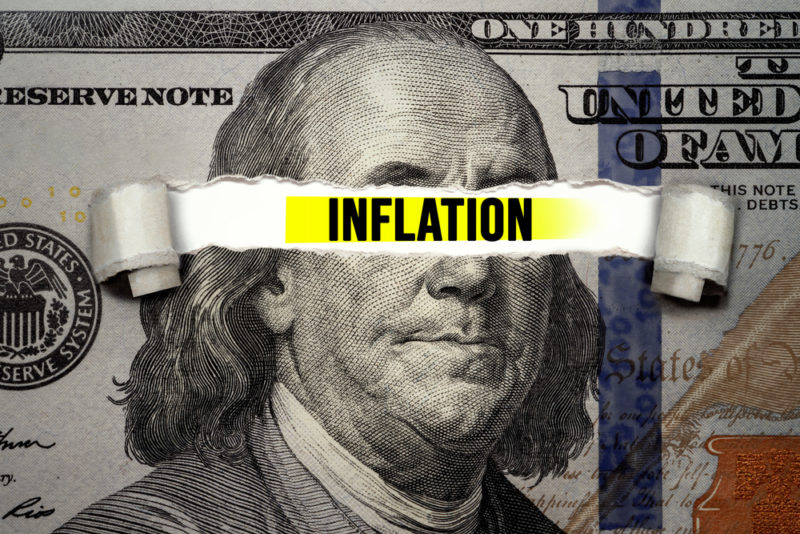A surge in energy prices driving inflationary pressures led money inflows into U.S. bond funds to drop in the week to Oct. 6. That also comes with worries over the U.S. debt ceiling capping inflows for shorter-term bonds.
Data showed investors purchased a net $727 million in U.S. bond funds in the week to Oct. 6. It was their lowest weekly inflow since July 21.
Worries that the U.S. Treasury might run out of cash have brought yields on the shorter-term bonds climbing during the week. It potentially leads to a default without a debt ceiling increase or suspension.
On Thursday, however, the U.S. Senate approved legislation to temporarily raise the federal government’s $28.4 trillion debt limit and avoid the risk of a historic default this month.
A second straight week of outflows was seen by U.S. government bond funds. That was worth $483 million, while municipal debt funds attracted $988 million in net buying.
Getting the highest inflow since the end of July were the inflation-protected bond funds, which also received $1.28 billion.
U.S. equity funds had two straight weeks of outflows before receiving inflows of $2.85 billion.
Investors bought $1.17 billion in equity value funds after two straight weeks of sales. Growth funds, meanwhile, faced outflows for a third consecutive week, worth $882 million.
Moreover, among sector funds, technology attracted $785 million, financials attracted $502 million, and for Healthcare funds, a second subsequent outflow worth $1.93 billion.
Furthermore, the U.S. money market funds faced the first net selling in three weeks, which amounted to a net $14.03 billion.
US Fed Funds Futures Fully Price in Rate Hike by Dec. 2022
On Friday, futures on the federal funds rate, which track short-term interest rate expectations, have priced in a quarter-point tightening by the Federal Reserve either by November or December in 2022. That was despite a U.S. payrolls report that came in way below expectations.
By November next year, the fed funds market showed a more than 94% chance of a rate hike, fully pricing that scenario in December 2022 and more or less the same before the release of the payrolls report.
Data showed that last September, the U.S. nonfarm payrolls increased by just 194,000 jobs, when forecasts were for an increase of 500,000 new jobs.













